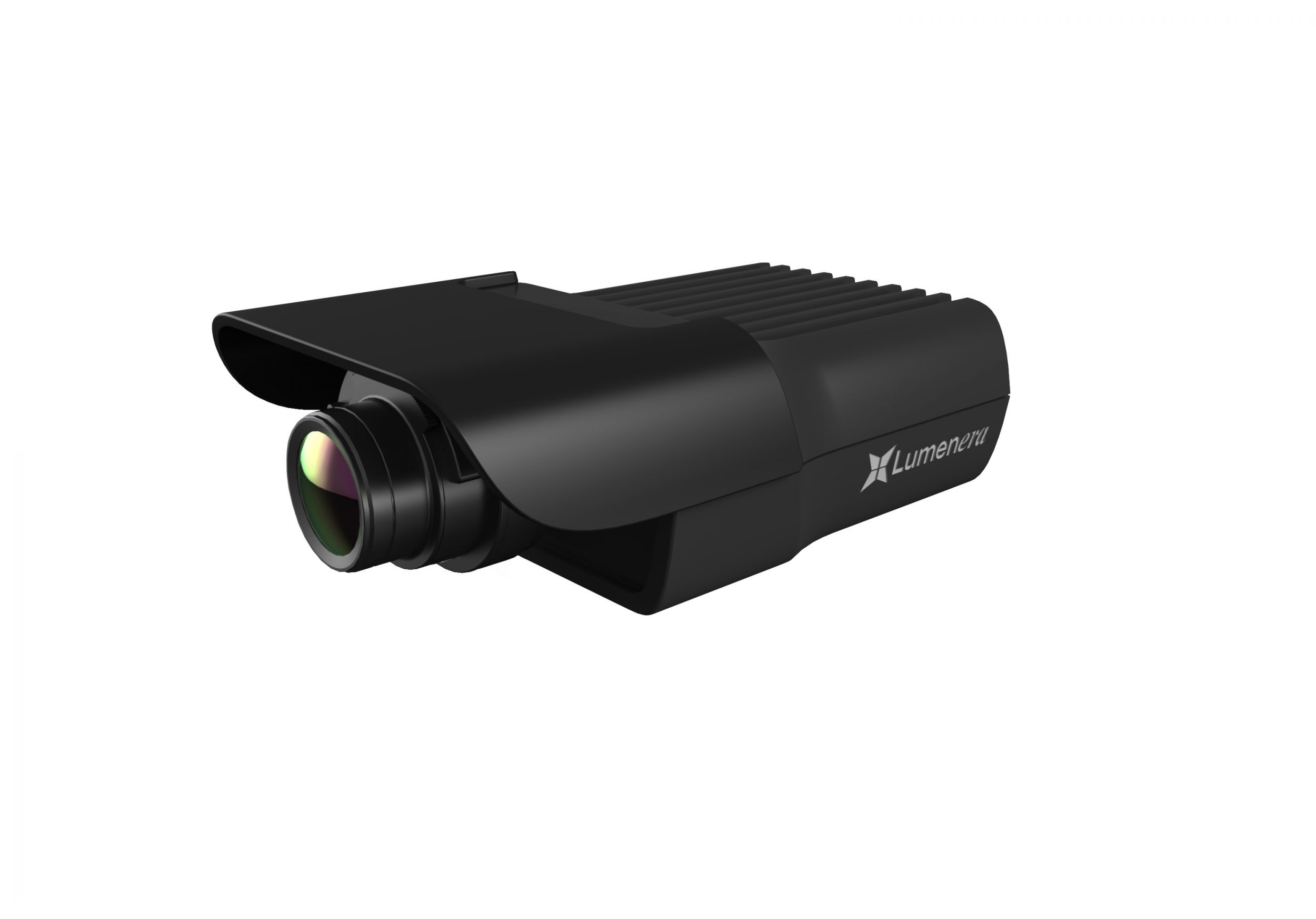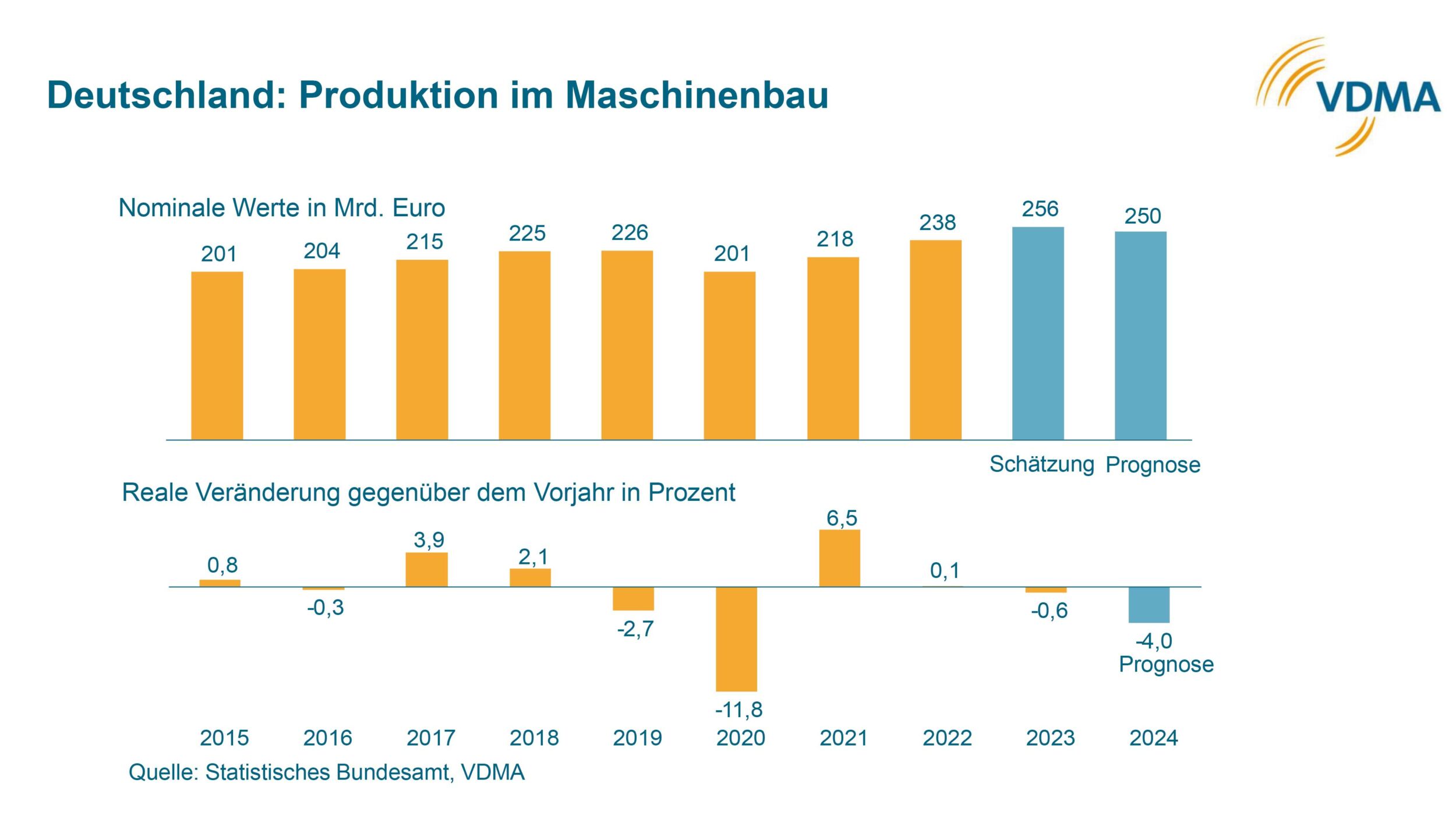No Overhead
Embedded Vision Platform for a Wide Range of Industries
The purpose of the Ls Series Embedded Vision Platform is to deliver a versatile and computationally powerful imaging solution that can provide high fidelity imaging along with onboard image analysis for a wide range of industries.

The Ls Series Embedded Vision Platform offers applicationspecific vision solutions without the overhead of other vision systems. (Image: Lumenera Corporation)
Many vision systems with processing capabilities are often focused on constrained inspection applications. However, the Ls Series Platform offers the flexibility to work with a variety of long or close-range applications. The FPGA architecture takes advantage of the combined power of a processing system (PS) and programmable logic (PL). The PS works similarly to a computer processor and runs different software depending on the processing requirements for extracting data from an image. The PL is optimized to get significant computational benefits relative to a traditional processor-only design because the logic can be set up to work through specific problems much more efficiently. In a traditional vision system, the components would be interconnected to a computer and only be able to process data at the rate allowed by the interface. With the Ls Series Platform, a new generation of imagers can be pushed to their limits using the PS and PL architecture without being bottlenecked by the limited bandwidth of interfaces like USB3.
Intelligent Traffic Systems
Traditional speed enforcement and toll monitoring applications normally require high framerate cameras that use physical triggers. Alternatively, the Ls Platform can be triggered internally based on changes within the field of view. This allows for images to be acquired without the need for installing any external triggering mechanism. The computational capabilities of the PL allow metadata from images to be gathered and then stored on the Platform. Automated license plate recognition (ALPR) is a practical example of image analysis where an image of a car can have the license plate detected, analyze the license plate, and determine what characters are on the license plate. The information is then recorded and sent over a network to the proper destination, whether it be law enforcement or otherwise, the recipients will be able to act accordingly and spend less time investigating. In case of a network outage, a buffer is built into the Platform to ensure that the data can be stored until it reconnects. In order to minimize network traffic, only images that are processed after being identified by the ALPR system are sent.
Unmanned Aerial Vehicles
One of the main issues with capturing images from higher altitudes (e.g. aerial imaging) is the high likelihood of blurring. The Platform is well-equipped to handle this issue because it is capable of digital image stabilization in order to better capture information. For instance, an unmanned aerial vehicle (UAV) equipped with the Platform can capture IR images of a farm field and then, based on a specific algorithm, determine the health of the agriculture (e.g. NDVI). This type of application allows the farmer to get information regarding areas of interest that require their attention, instead of expending far more time and effort actually looking for areas that need assistance. In the case of animals ruining crop yields, an image recognition algorithm can identify locations where animals are entering the field. This allows farmers to take preventative measures to ensure weak points such as holes in fencing or spots where birds frequent can be better protected.
Scientific Imaging
Similar image analysis can be applied in scientific imaging applications such as blood sample imaging. Instead of using rudimentary methods that involve someone counting each cell by hand, vision systems have been developed to process images and quantify cell counts automatically. Usually, this type of solution first requires capturing an image, then transferring the image to a specific computer with the appropriate software installed. This generally results in a convoluted system. However, the Ls Series can acquire a high fidelity image, use onboard denoising to increase clarity, analyze the image, and then quantify all the blood cells in the sample. Because the Platform is so flexible, it could even be adapted to better diagnose specific problems earlier in a patients history instead of relying on medical staff to detect everything themselves.
Summary
The applications that can benefit from the Ls Series Platform’s power and versatility range far beyond the few listed here. The main takeaway is that the Platform offers an array of potential use cases where application-specific vision software is needed alongside a camera system. Instead, the Platform offers a solution that meets those same requirements without all the overhead. For a versatile solution to several imaging applications, the Platform can image, analyze, and determine information based on custom software. This high level of synthesis between the different technologies enables users to remove unnecessary parts of their vision system and benefit from the new all-in-one package.












